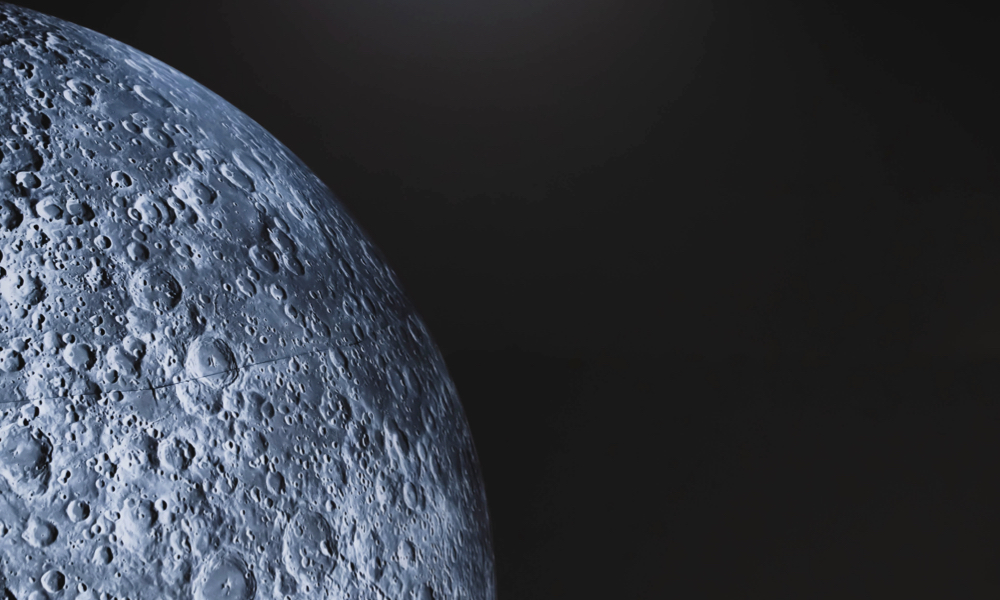
ESA Open Invitation To Tender AO8657
Open Date: 18/10/2016
Closing Date: 29/11/2016 13:00:00
Status: ISSUED
Reference Nr.: 16.129.11
Prog. Ref.: GSTP Period 6 E1 PRJ
Budget Ref.: E/0904-611 – GSTP Period 6 E1 PRJ
Special Prov.: FR+DE+IT+CH+GB+IE+AT
Tender Type: C
Price Range: > 500 KEURO
Products: Satellites & Probes / Optical Communication / Optical Comm. / Optical terminals
Techology Domains: Optoelectronics / Laser Technologies / Laser Frequency Control and Stabilisation
Establishment: ESTEC
Directorate: Directorate of Technical & Quality Manag
Department: Mechanical Engineering Department
Division: Mechatronics and Optics Division
Contract Officer: Jeusset, Benjamin
Industrial Policy Measure: N/A – Not apply
Last Update Date: 27/10/2016
Update Reason: Loaded a new Clarification(English version)
Optical feedback correction of the frequency of a narrow band laser using an OSRC and feedback electronics can lead to orders of magnitude reduction in thephase noise, quantified as frequency noise spectral density, and thus the linewidth.The combination of a laser, having suitable wavelength/frequency and preliminary frequency response characteristics, with an OSRC using appropriate frequency locking techniques, can lead to further orders of magnitude reduction in the phasenoise and the linewidth while maintaining good frequency drift characteristics. The laser line-width reduction using an OSRC is 5-6 orders of magnitude. Nevertheless the opto-mechanical design, the OSRC structure support and the environment ofthe OSRC will set a limit to the achievable linewidth reduction. The presence of vibration (micro-vibrations) and thermal variations during operation lead to minutelength changes which can be detected both in the axial and transverse directions.ESA has supported the development of the Optical Stabilising Reference Cavity [OSRC] as a core element for meeting future space missions. These would bemissions where the principal requirements of ultra-narrow laser linewidth (ultra-low phase noise) and low laser frequency drift can be met. Such future missions would include, Space Optical Clocks (SOC), laser stabilisation for LISA, Next Generation Gravity Mission (NGGM).In the TRP activity: Design Analysis of Stable Optical Reference Cavities three different cavity designs were evaluated using a FEA implementation of the optomechanical system. All three cavity designs, with corresponding FEA models (using a high density mesh) were developed and were then subjected to thesimulatedeffects of vibration and thermal vacuum cycling to evaluate the changes in their critical parameters. An estimate of the sensitivity to the acceleration loadswas also calculated. With the simulation data collected a direct measurement was made of the passive sensitivity of the Fractional Frequency Instabilities as afunction of g. All three designs also measured the vibrational sensitivity in the axial direction with the best value being 2.5x 10-11/g with smaller values being superior.This vibrational sensitivity of this cubic cavity design were an order of magnitude smaller in the 2 other transverse axes. Since these measurements were completed allthree groups have improved their data.The TRP activity made an additional presumption of the presence of a background level of micro-vibration (typical telecom satellite environment) provided by industry.The goal of that activity was then to select the best design and subject them to generic vibrational loads provided, using the FEA tools, to calculate and then verify the static effect on the optical performance. Additionally the typical loads at launch were simulation tested on the cubic design to verify its structuralintegrity following launch.To date, the cubic design has provided the best static performance in all 3 axes as demonstrated in thefinal static acceleration test data. A competitive design (NISTUS) uses a spherical spacer design and includes dynamic Feed Forward Correction (FFC) to improve the acceleration sensitivity performance. Similarstudies, in particular addressing transportability, andlow sensitivity to vibrations and temperature are ongoing in Europe.The cubic cavity is currently supported under a GSTP AO – AO06-28MM – Optical Reference Cavities for Space deployment (ORCS) which has enhanced theexisting design and has refined the manufacturing and tooling requirements to achieve better repeatability. It is currently in the process of implementing the feedforward technique using hardware in the loop. The cubic cavity and horizontal cavities, using conventional high finesse mirrors (Super Mirrors), have also beenevaluated for the deleterious effects of radiation. This needs to be repeated in the new activity proposed because of the new Low Thermal Noise (LTN) optics.This newly proposed actiivity will take the opto-mechanical design (ULE spacer) having thelowest sensitivity to acceleration loads and combine it with the newest developments on optical substrate optical contacting, Low Thermal Noise coatings and the newest thermal shroud designs to develop a European OSRC system to TRL 5 following exposure to pre-determined vibration, shock and thermal vacuumenvironments. The system will then be integrated with an appropriate laser at 698nm, thus defining the Optical Local Oscillator (OLO) and spectrally verified indetail.The proposed development strategy, using two separate wavelengths, maximizes the applicability of the approach.
If you wish to access the documents related to the Invitation to Tender, you have to log in to the ESA Portal.
